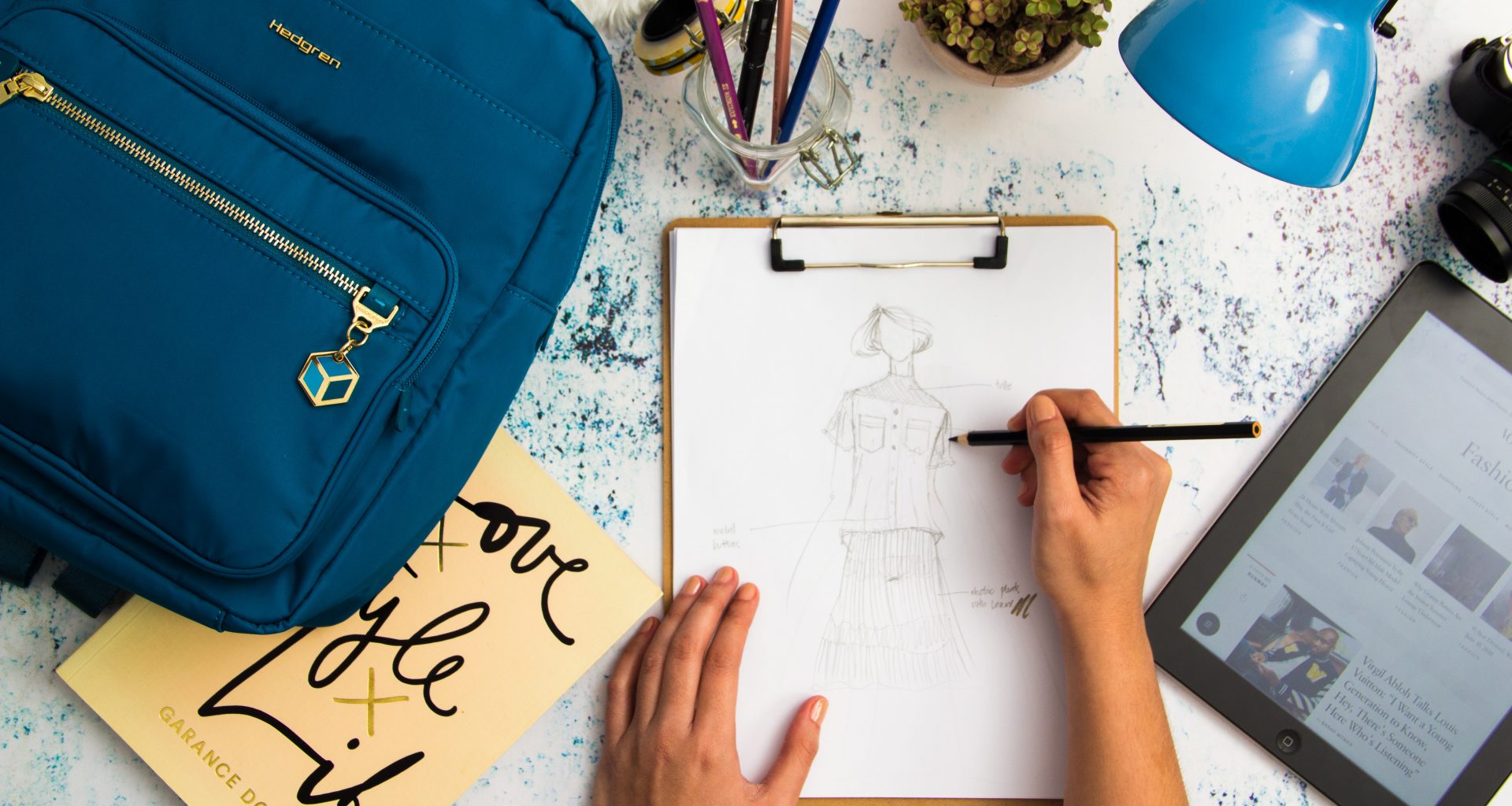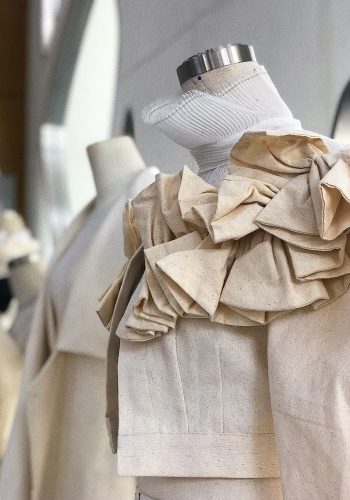
Embracing an inevitable sweet spot.
Somewhere in the middle of Pret a Porter and Haute Couture, Demi Couture is an appealing middle ground. Over the past few years, high-end designers like Alexander McQueen, Mary Katrantzou, Balmain and Valentino have created realistic forms of their wearable masterpieces and therefore catered to the increasing fresh demand for accessible, avant garde style clothing.
Saja El Mishri explains the basic differences between Haute and Demi Couture and explores how producing new affordable lines in fashion and jewelry attract fashion-forward, yet budget conscious consumers during the pandemic.
Haute Couture means high dressmaking in French. Garments typically consist of hand-crafted, one of a kind pieces for VIP clients. In a way, Haute Couture is created as wearable art and due to this, consumers endure associated high prices to purchase. But Demi Couture; what actually is it? Simply put, it is another form of expressing one’s creativity through fashion without the cost of buying Haute Couture. MATCHES elaborates “The category has found a style sweet spot that accesses the skill of couture but at a price point closer to that of ready-to-wear.” Further, it offers an accessible way of obtaining unique Ready to Wear collections without having to extensively wait for bespoke Haute Couture pieces.
What makes Haute Couture different from Demi Couture? Quite literally, Demi Couture translates to half of Haute Couture; someone can still buy the experience and bespoke pieces at a quicker rate, more conveniently and affordably. However the drawback is that the piece you bought may be seen on your friend, sister, neighbor etc; it’s not as exclusive. Hence the sentimental feeling of being one of the few in the world to own a piece is often the prime reason behind buying Haute Couture (other than the intricate, fine design details and stellar customer service received).
According to the Wall Street Journal, Demi Couture offers convenience when compared to Haute Couture, meaning that not everyone has the time nor the patience to fly to Paris, sit through the shows and attend multiple atelier fittings – especially post COVID where there may not ever be the same bustling fashion weeks that we regularly anticipated. With physical travel limited since March 2020, consumers have wanted to buy online at the click of a button. Hence to no surprise, according to Vogue, Farfetch reported that revenues increased 64% to $1.7 billion in 2020.
Since the pandemic, brands have had to reshape their inventory strategy to produce less stuff just for the sake of it. Nowadays designers, such as Rami Al Ali, are creating tactful new pieces after having researched what is in demand by their target audiences; if customers are spending sparingly these days, what sustainable materials, what price points and what colors are actually being requested?
Lastly, in the jewelry world, brands have started a demi-fine line within their fine jewelry brands in order to capture younger customers who look for high quality but who are still on a budget. Post covid however, the usual consumer behavior trends have shifted; accessible styles attract not only gen z but also luxury consumers who are more hesitant with spending their disposable incomes. Knowing this, even fashion/costume jewelry brands have added in Demi Fine options when they realized they can tap into the luxury shopper audience.
Overall, the ‘demi’ trend is evidently thriving in the retail space, allowing brands of all calibers and sub industries to capture as much of the market share as possible in these times.
Are you a designer looking to expand into demi couture or demi fine? Let us know!
About The Editor
Having grown up in Sweden and later moving to the UK, Saja is deeply motivated by emerging social and political concerns around sustainability. Saja currently works as a freelance writer and recently published articles at Eco-Age that explores if sustainability has become a westernized concept.
Saja is currently working as a freelance journalist writing about the intersection of sustainability, fashion and social justice and recently being selected for the FashMash Young Pioneers program, recognized to drive positive change in the industry.



